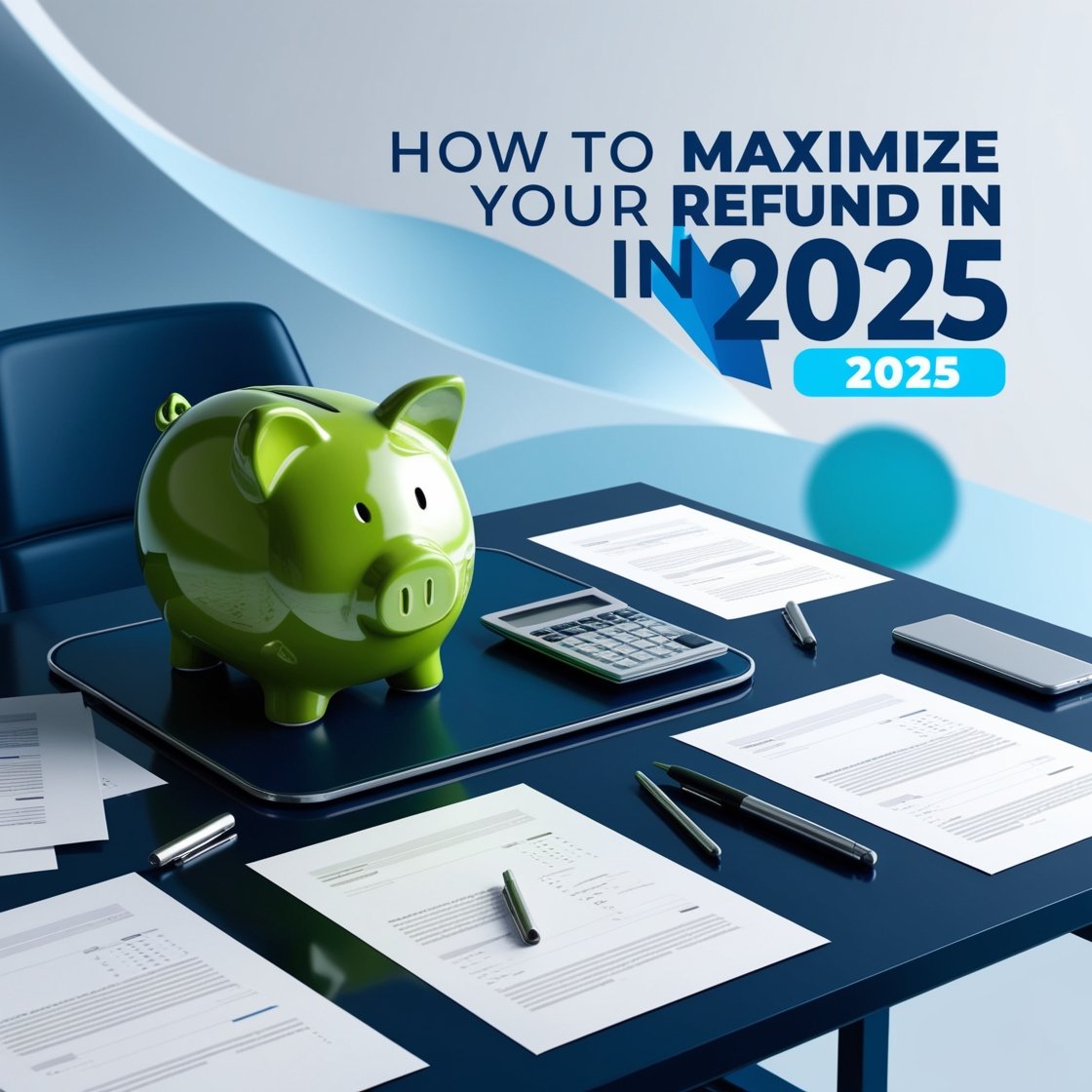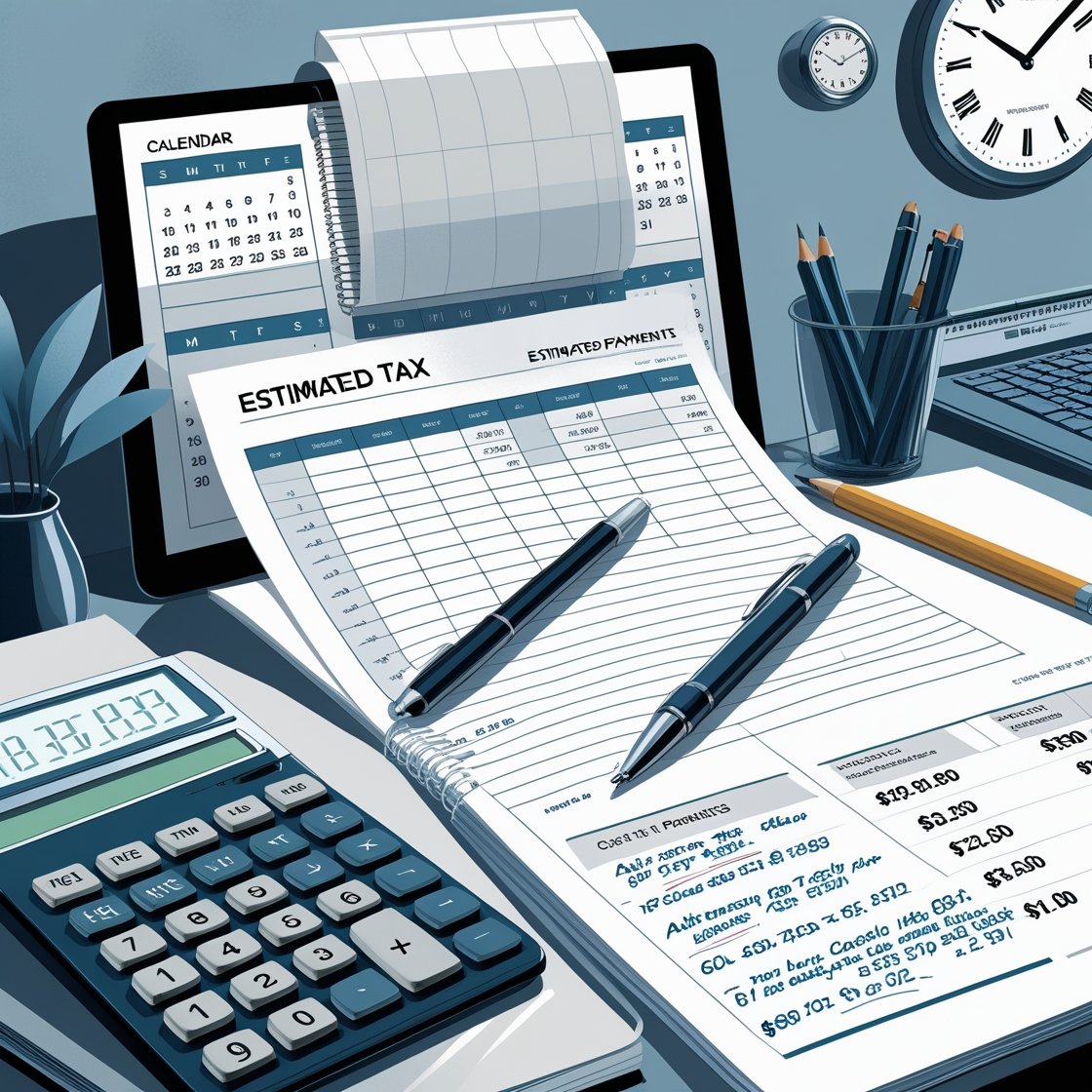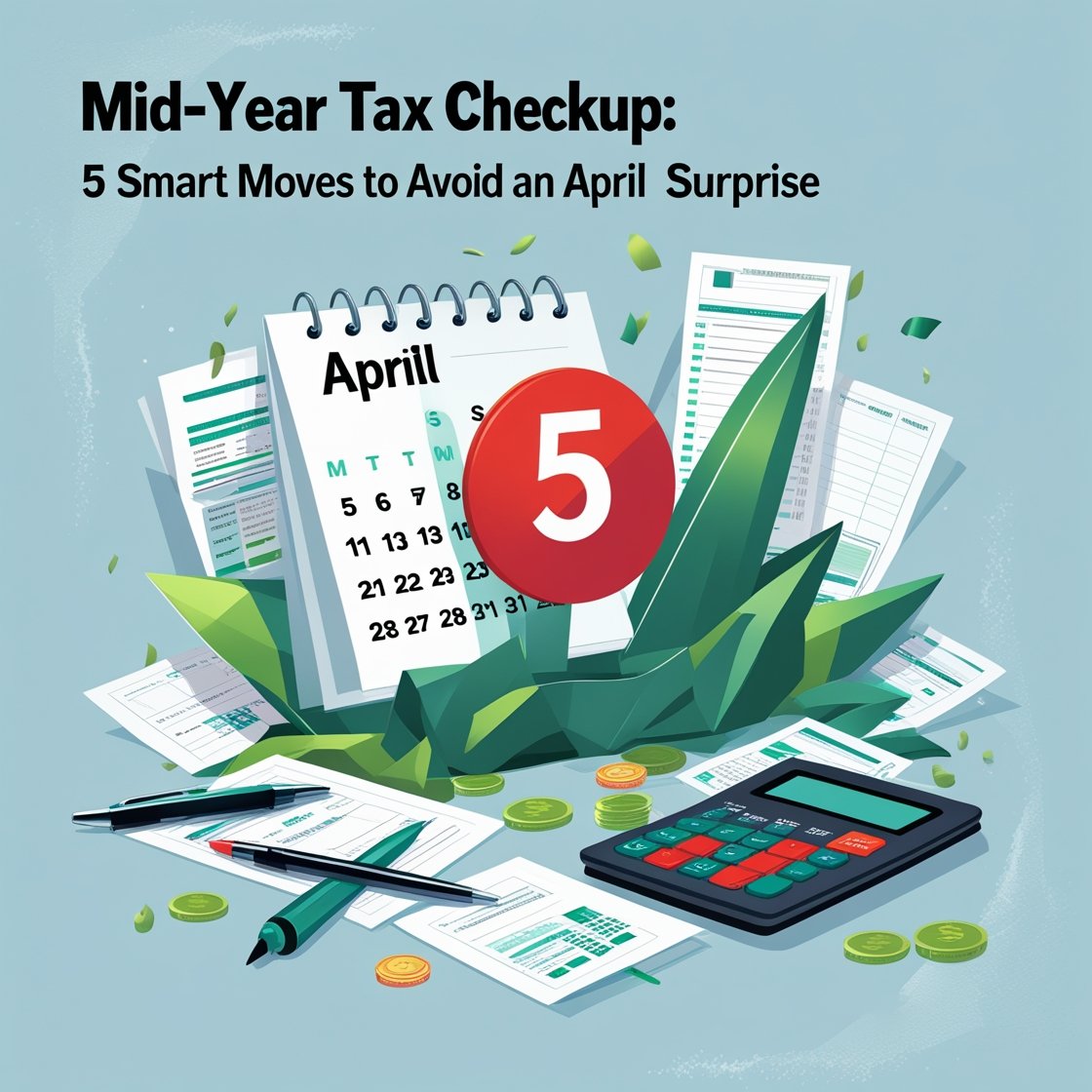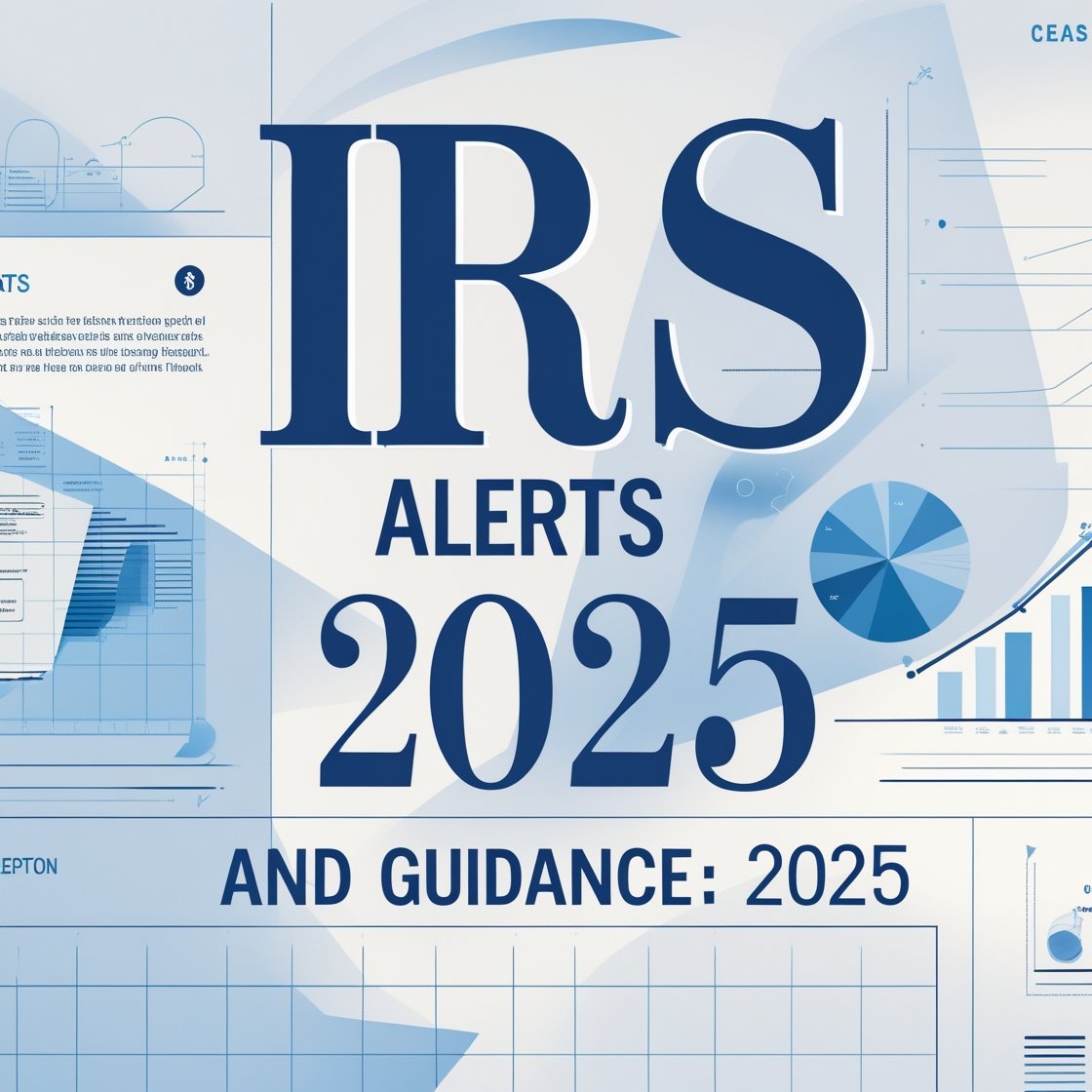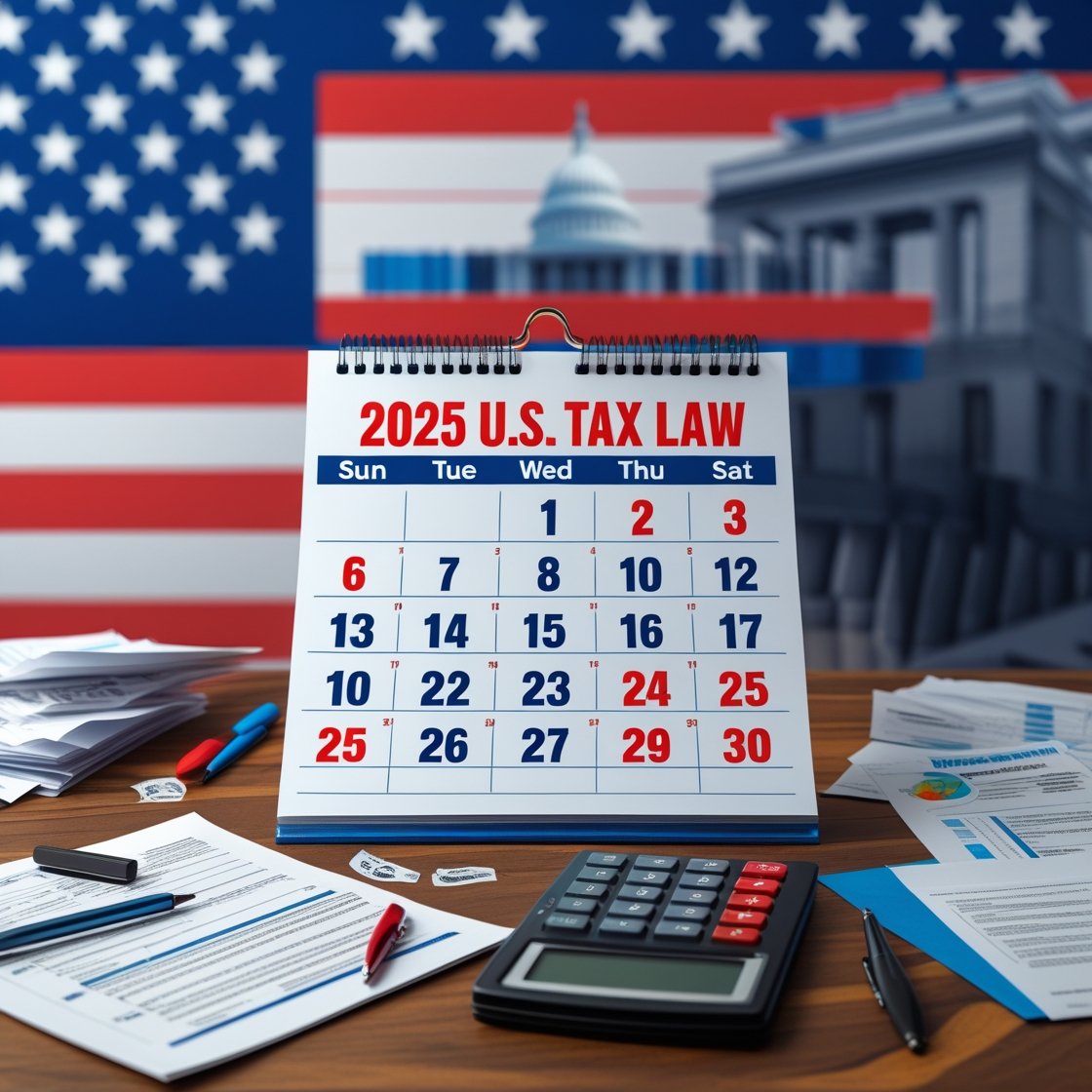Tax season can feel like a puzzle, but with the right strategies, you can ensure you’re getting the most out of your tax refund in 2025. Whether you’re a first-time filer or a seasoned taxpayer, understanding a few key strategies can help you keep more of your hard-earned money. Let’s break down the simple steps to maximize your tax refund.
- Know Your Deductions and Credits
One of the most effective ways to boost your refund is by claiming all the deductions and credits available to you.
Deductions
A tax deduction reduces your taxable income, which means you pay taxes on a smaller amount. Some common deductions include:
- Standard Deduction: For 2025, the standard deduction is expected to be slightly higher than previous years. This means if you don’t have enough deductions to itemize, the standard deduction is automatically applied to your taxes, lowering your tax bill.
- Itemized Deductions: If you have significant expenses like mortgage interest, state taxes, or medical bills, you may be better off itemizing rather than taking the standard deduction. This can be a bit more time-consuming, but it could result in a bigger refund if your expenses are high enough.
Tax Credits
Tax credits directly reduce the amount of tax you owe, which can increase your refund. Some common credits include:
- Earned Income Tax Credit (EITC): If you have a low to moderate income, you might qualify for this credit, which could give you a refund even if you didn’t owe any taxes.
- Child Tax Credit: Families with children may qualify for this credit, which can significantly reduce your tax bill.
- Education Credits: If you’re paying for college or education-related expenses, the American Opportunity Credit or Lifetime Learning Credit can help reduce the amount you owe.
- Contribute to Retirement Accounts
Making contributions to retirement accounts like a 401(k) or an IRA can help lower your taxable income. For 2025, you may be able to contribute up to $22,500 to a 401(k) ($30,000 if you’re 50 or older), and up to $6,500 to an IRA ($7,500 if you’re 50 or older). These contributions lower your taxable income for the year, which could push you into a lower tax bracket and increase your refund.
- Adjust Your Withholding
If you consistently get large tax refunds, it might be worth looking at your withholding. Withholding is the amount of money your employer takes out of each paycheck to pay your taxes. While a large refund feels good, it’s essentially just your money being returned to you after overpaying throughout the year.
To avoid this, you can adjust your W-4 form at your workplace to withhold less, so you get more in your paycheck throughout the year. This means less of a refund at tax time, but you’ll have more cash in hand each month. You can use an online tax withholding estimator to see how to adjust your withholding to better match your tax situation.
- Track Your Taxable Benefits
Some employee benefits can also reduce your taxable income. For example, if your employer offers flexible spending accounts (FSAs) for healthcare or dependent care, contributing to these accounts can reduce your taxable income, increasing your refund. The same goes for health savings accounts (HSAs). Contributing to these accounts in 2025 can give you immediate tax breaks.
- Consider Filing Jointly if You’re Married
If you’re married, filing jointly is typically more beneficial than filing separately. Couples who file jointly can take advantage of higher income limits for tax credits and deductions, including the Child Tax Credit and Earned Income Tax Credit. This could lead to a larger refund.
- Don’t Miss Out on State Tax Refunds
Many people focus only on federal taxes, but state taxes can also impact your refund. Some states offer additional tax credits, deductions, or even refunds for things like educational expenses, energy-efficient home improvements, or charitable donations. Check with your state tax authority to see what benefits you might qualify for.
- Stay Organized Throughout the Year
Keeping track of your receipts, expenses, and important documents throughout the year can help make tax filing easier and more accurate. You won’t miss out on deductions if you’re organized and can quickly find the paperwork you need when tax season comes around.
- Use apps or spreadsheets to track expenses like donations, medical costs, and business-related expenses if you’re self-employed.
- Keep all relevant documents such as W-2s, 1099s, proof of health insurance, and any other forms your employer or financial institutions provide.
- Consider Professional Help
If your tax situation is complicated, it may be worth hiring a tax professional to help you navigate the rules and maximize your refund. While you’ll need to pay for their services, the guidance they provide could lead to a larger refund that more than compensates for the cost.
- File Early
The earlier you file, the sooner you’ll get your refund. Filing early also gives you the chance to spot and correct any mistakes before the deadline. The IRS can process early returns faster, and you can receive your refund sooner, especially if you choose direct deposit.
- Watch Out for Common Mistakes
Lastly, to maximize your refund, avoid common filing mistakes:
- Double-check your math to ensure your return is accurate.
- Make sure your bank information is correct for direct deposit.
- Ensure you’re claiming all dependents you’re entitled to, including children or other family members who live with you and for whom you provide care.
The Riwa is your one-stop financial partner, providing reliable tax, payroll service. We help businesses and individuals across the USA.
Contact us: info@theriwa.com & Visit our website : theriwa.com

